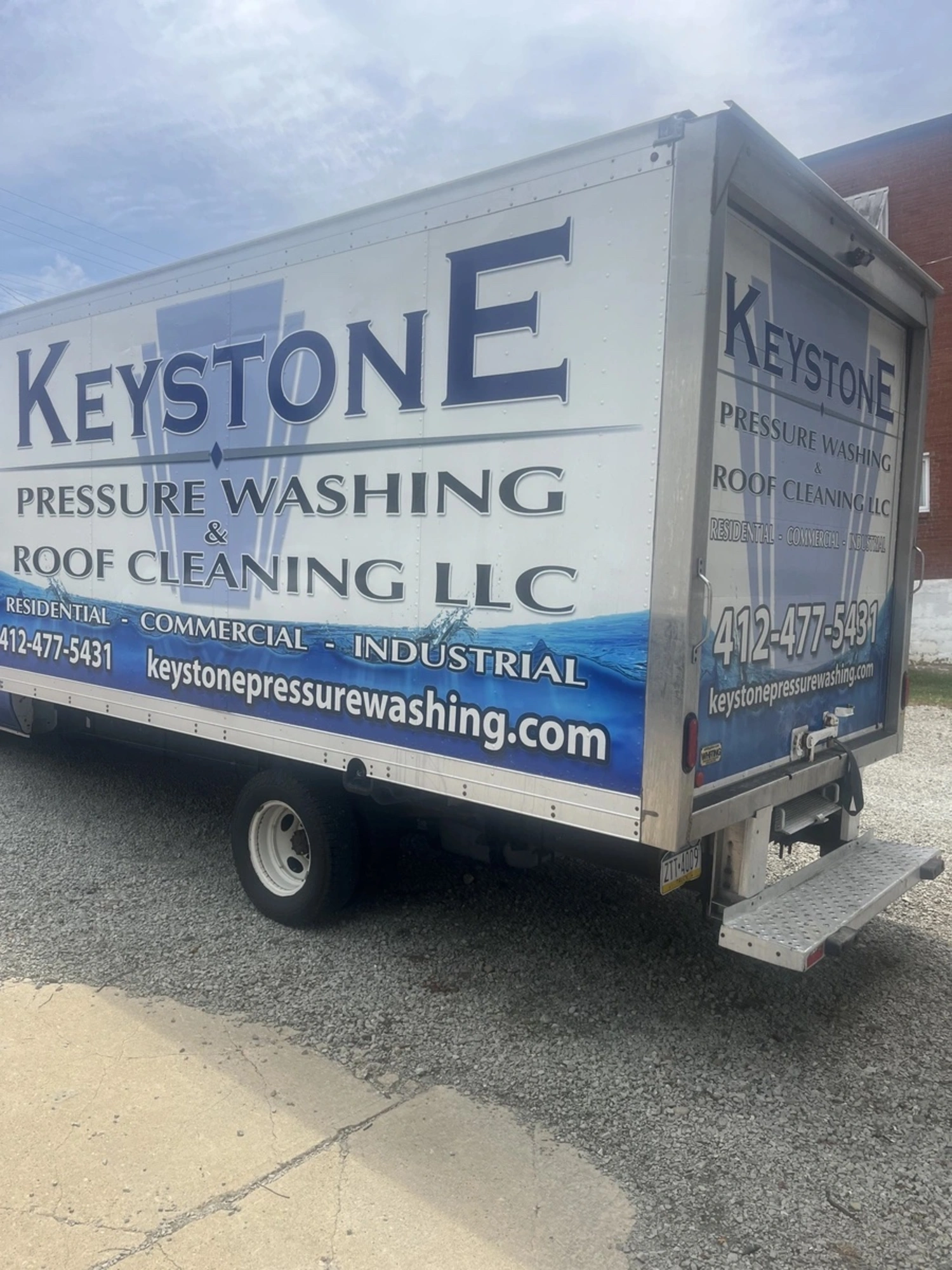In the world of exterior cleaning, two terms frequently come up: soft washing and traditional pressure washing. Both methods aim to restore the appearance of surfaces, but they do so in very different ways. Understanding the distinction between these two cleaning techniques is essential for anyone looking to maintain the aesthetic and structural integrity of their property. In this article, we will delve into what soft washing is, how it compares to traditional pressure washing, and the specific benefits and applications of each method.
Definition of Soft Washing
Soft washing is a cleaning method that utilizes low-pressure water combined with specialized cleaning solutions to remove dirt, algae, mold, and other contaminants from surfaces. Unlike traditional pressure washing, which relies on high-pressure water to clean surfaces, soft washing is gentler and less likely to cause damage. The cleaning solutions used in soft washing are typically biodegradable and environmentally friendly, making it a safer option for both the property and the surrounding environment.
Comparing Soft Washing to Traditional Pressure Washing
Traditional pressure washing uses high-pressure water jets to blast away dirt, grime, and other contaminants from surfaces. While this method can be highly effective for certain applications, it also carries the risk of damaging more delicate surfaces such as wood, vinyl siding, and roof shingles. On the other hand, soft washing uses a low-pressure approach combined with cleaning agents that break down contaminants at a molecular level. This makes soft washing a safer and more effective option for cleaning delicate surfaces without causing harm.
Benefits of Soft Washing
One of the primary benefits of soft washing is its ability to clean surfaces thoroughly without causing damage. This makes it ideal for cleaning roofs, siding, and other delicate areas of a property. Additionally, the cleaning solutions used in soft washing not only remove contaminants but also help to prevent their return by killing mold, mildew, and algae at their roots. This results in a longer-lasting clean compared to traditional pressure washing. Soft washing is also more environmentally friendly, as it uses biodegradable cleaning solutions that are safe for plants, animals, and humans.
Common Applications for Soft Washing
Soft washing is commonly used for cleaning a variety of exterior surfaces. Some of the most common applications include roof cleaning, siding cleaning, deck and patio cleaning, and fence cleaning. Because soft washing is gentle yet effective, it is particularly well-suited for surfaces that are prone to damage from high-pressure water jets. Homeowners and business owners alike can benefit from soft washing to maintain the appearance and longevity of their properties.
Both soft washing and traditional pressure washing have their place in exterior cleaning. However, understanding the differences between these two methods can help you choose the best approach for your specific needs. Soft washing offers a gentler, more environmentally friendly option that is ideal for delicate surfaces and long-lasting results. By selecting the appropriate cleaning method, you can ensure that your property remains beautiful and well-maintained for years to come.

This content has been submitted by authors outside of this publisher and is not its editorial product. It could contain opinions, facts, and points of view that have not been reviewed or accepted by the publisher. The content may have been created, in whole or in part, using artificial intelligence tools.

